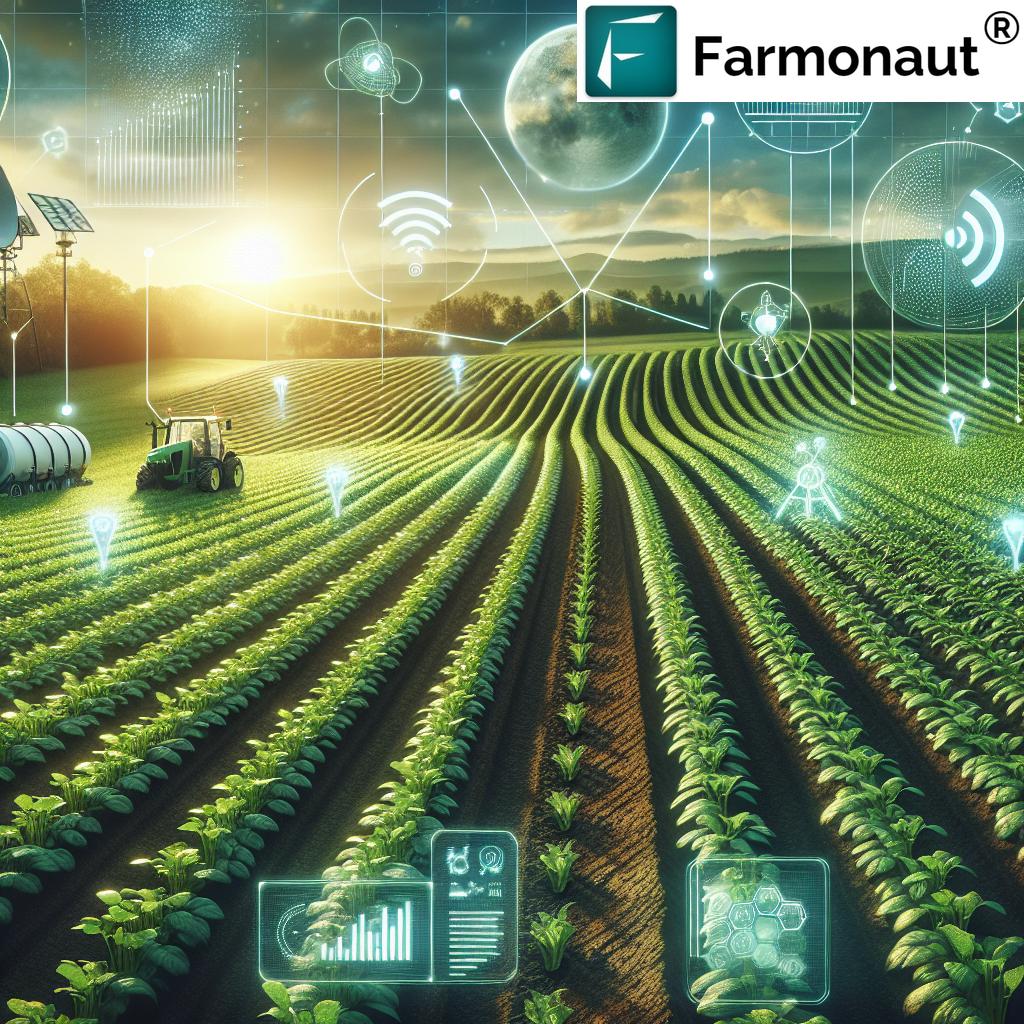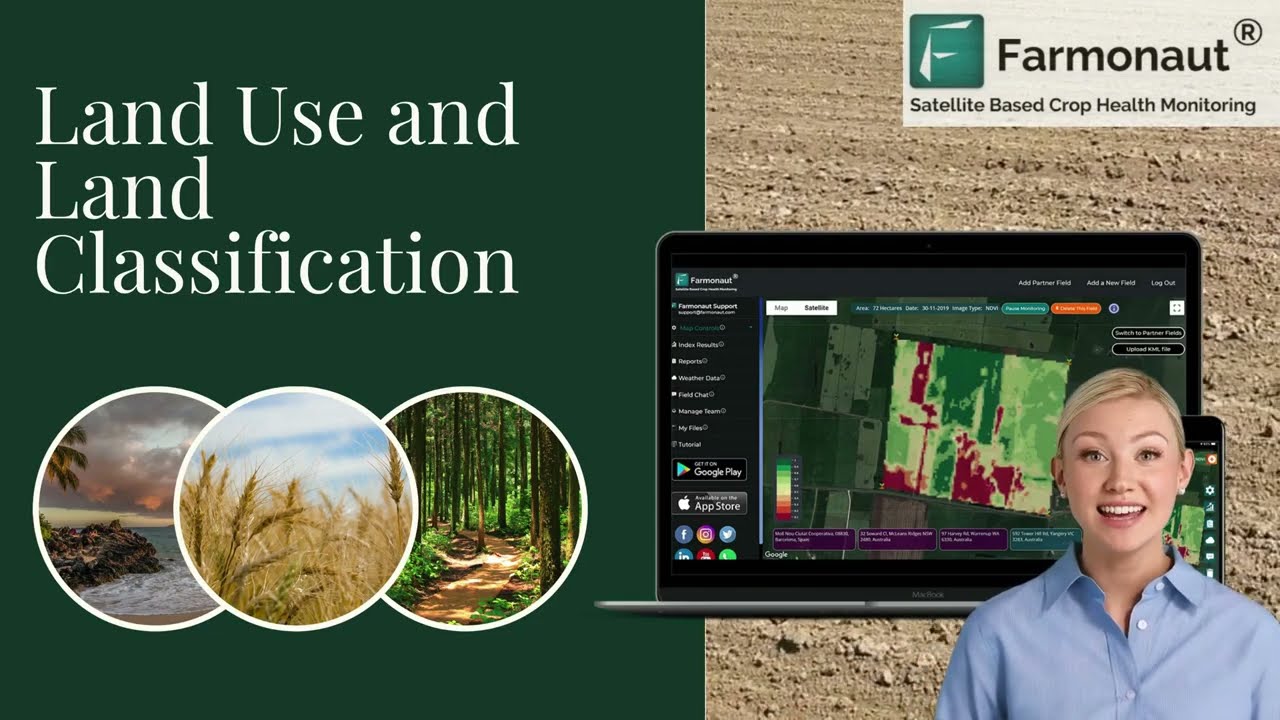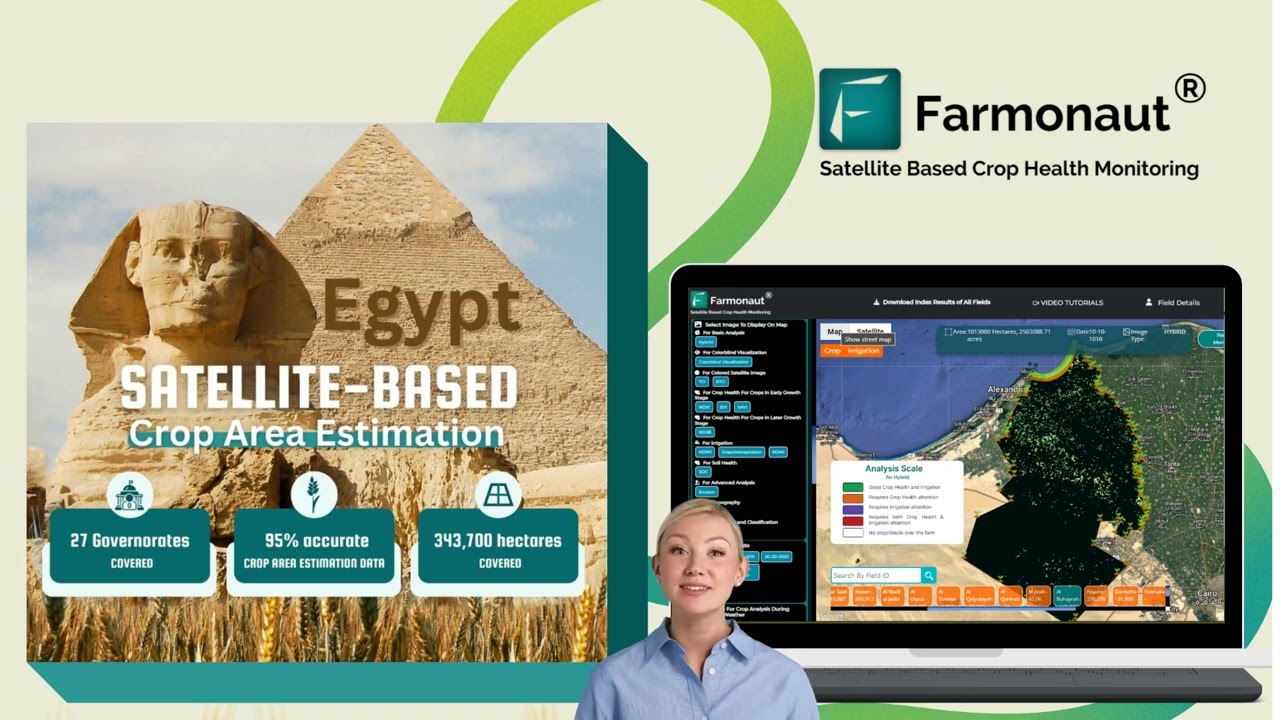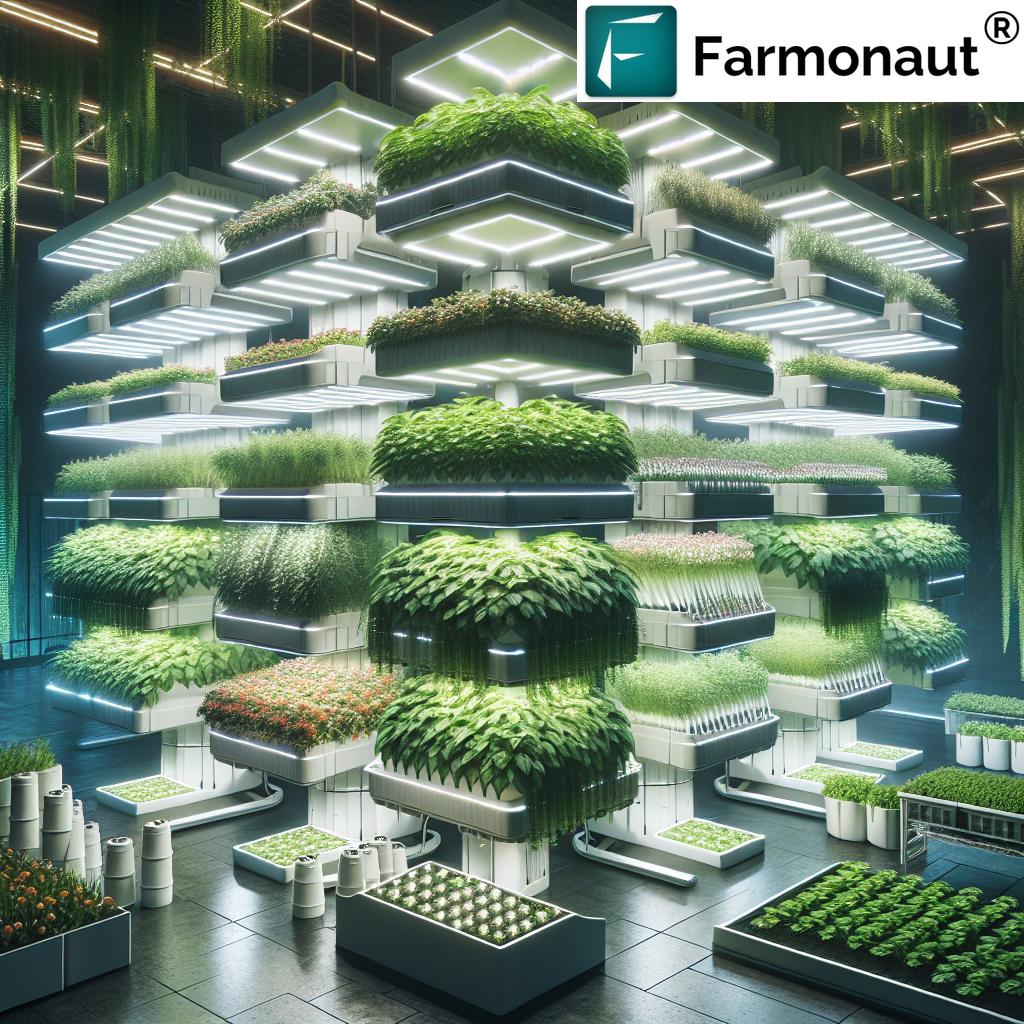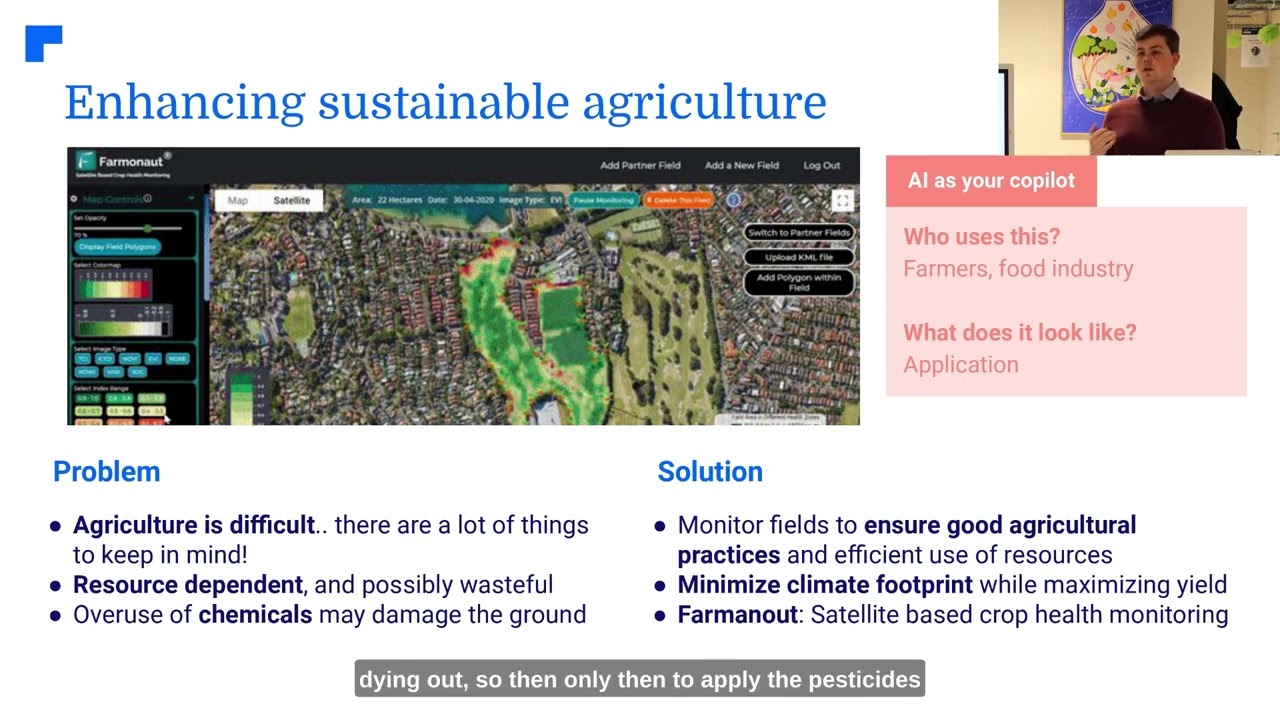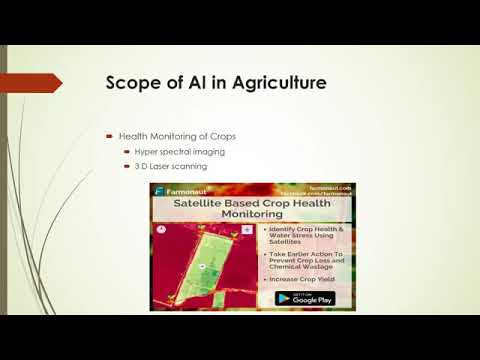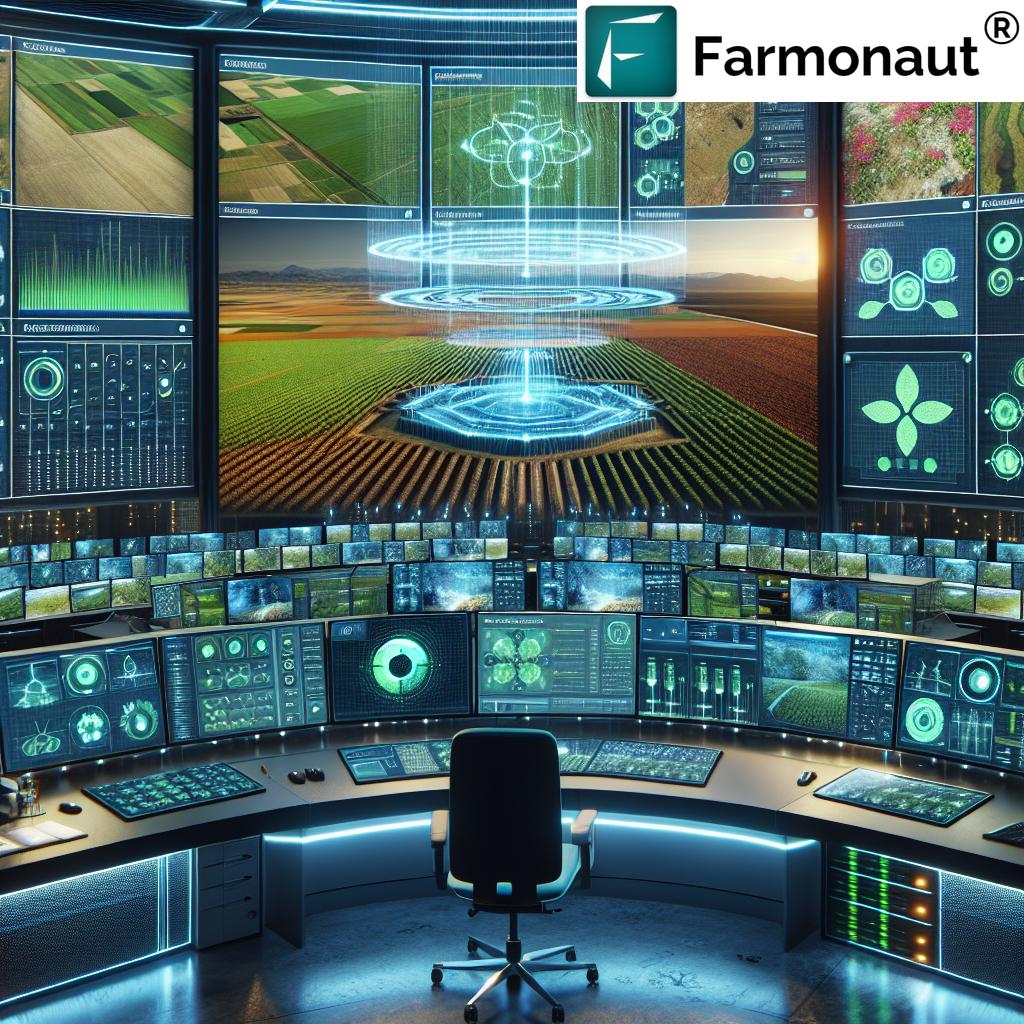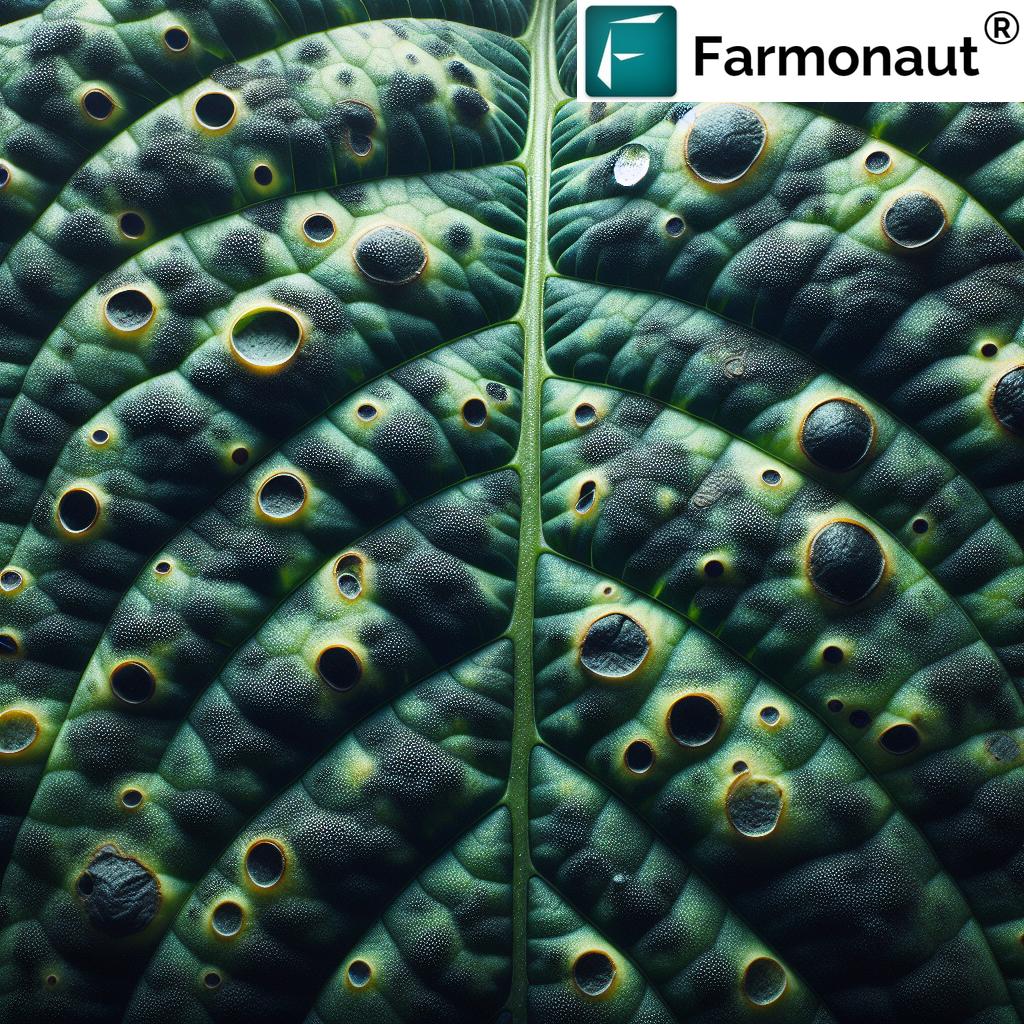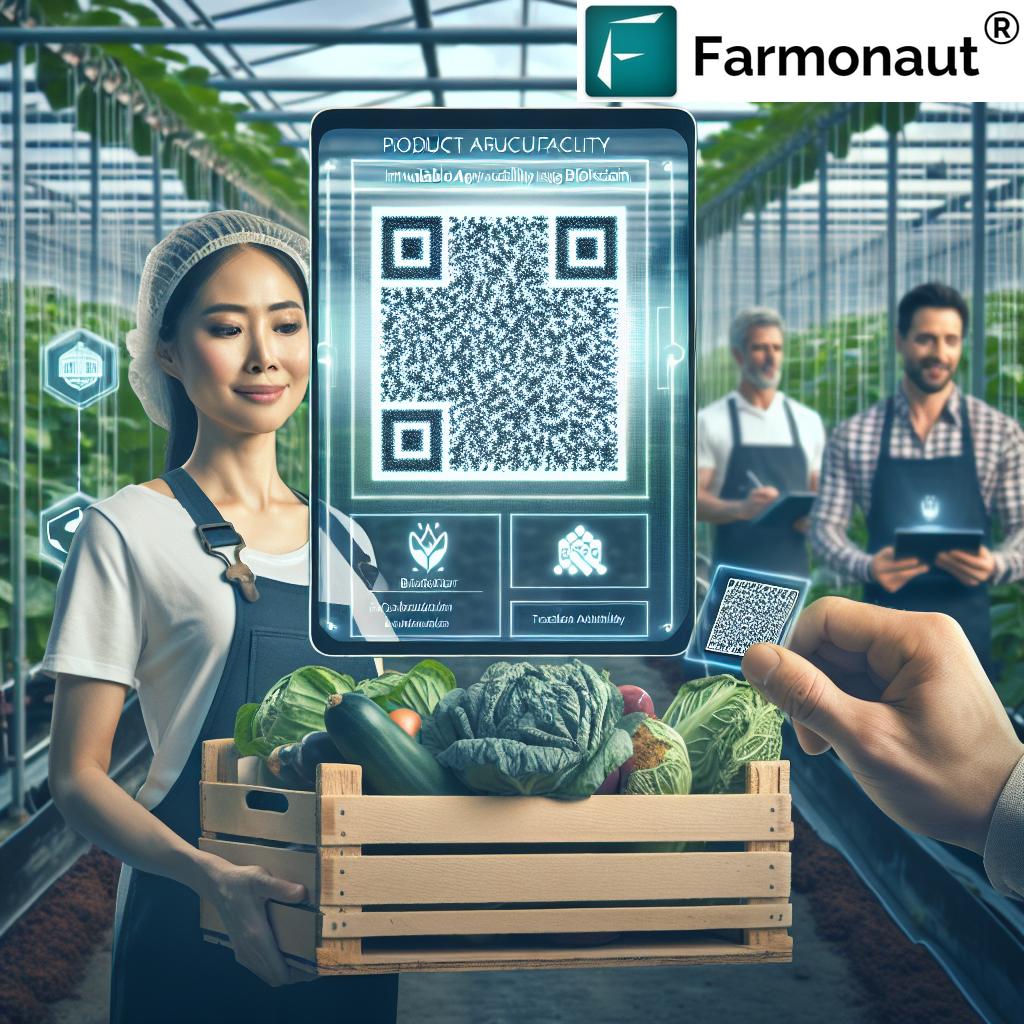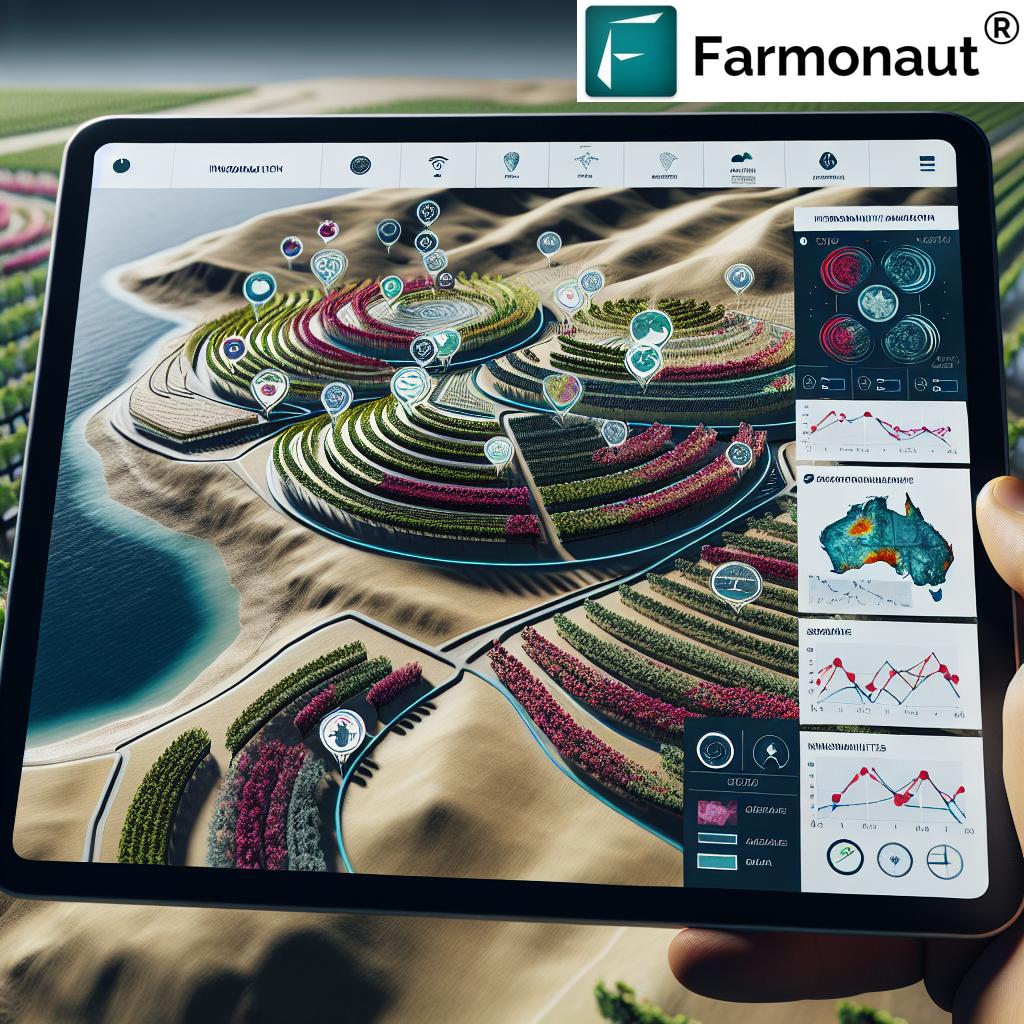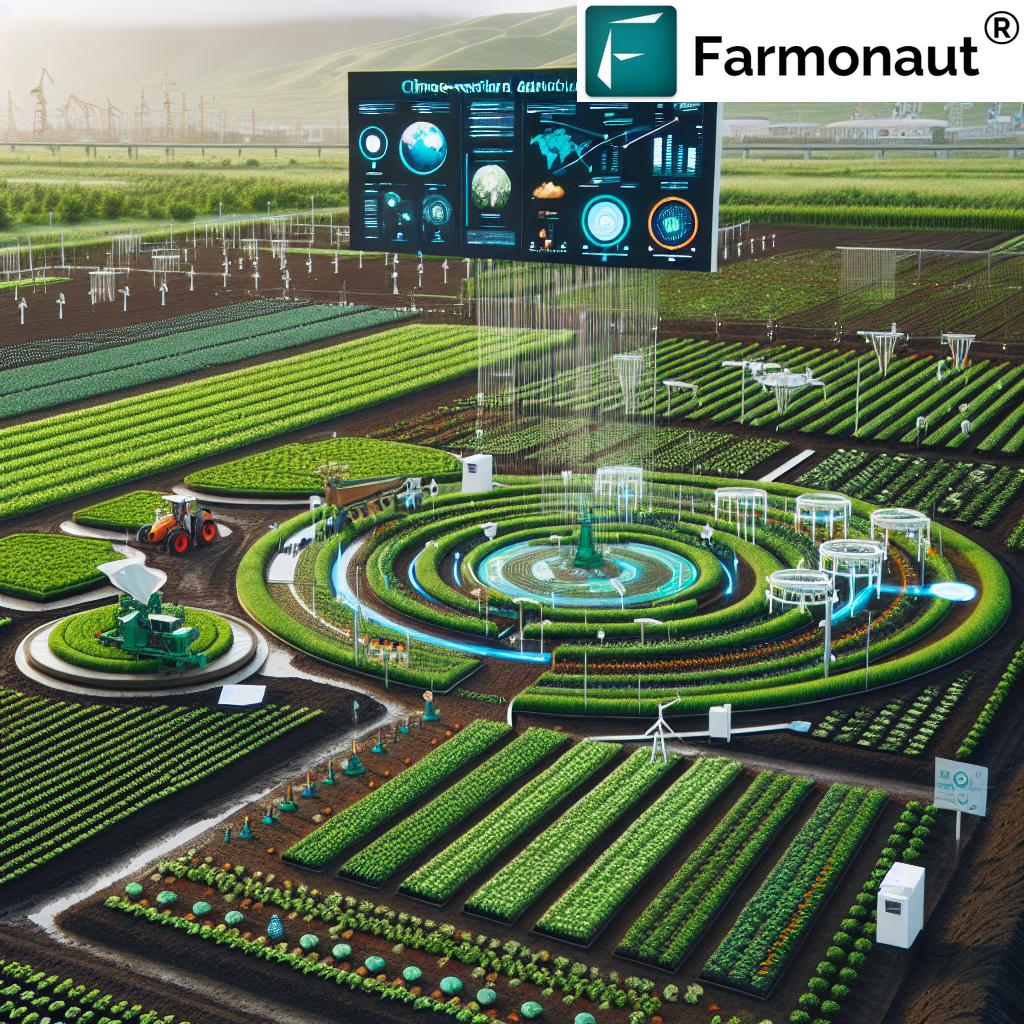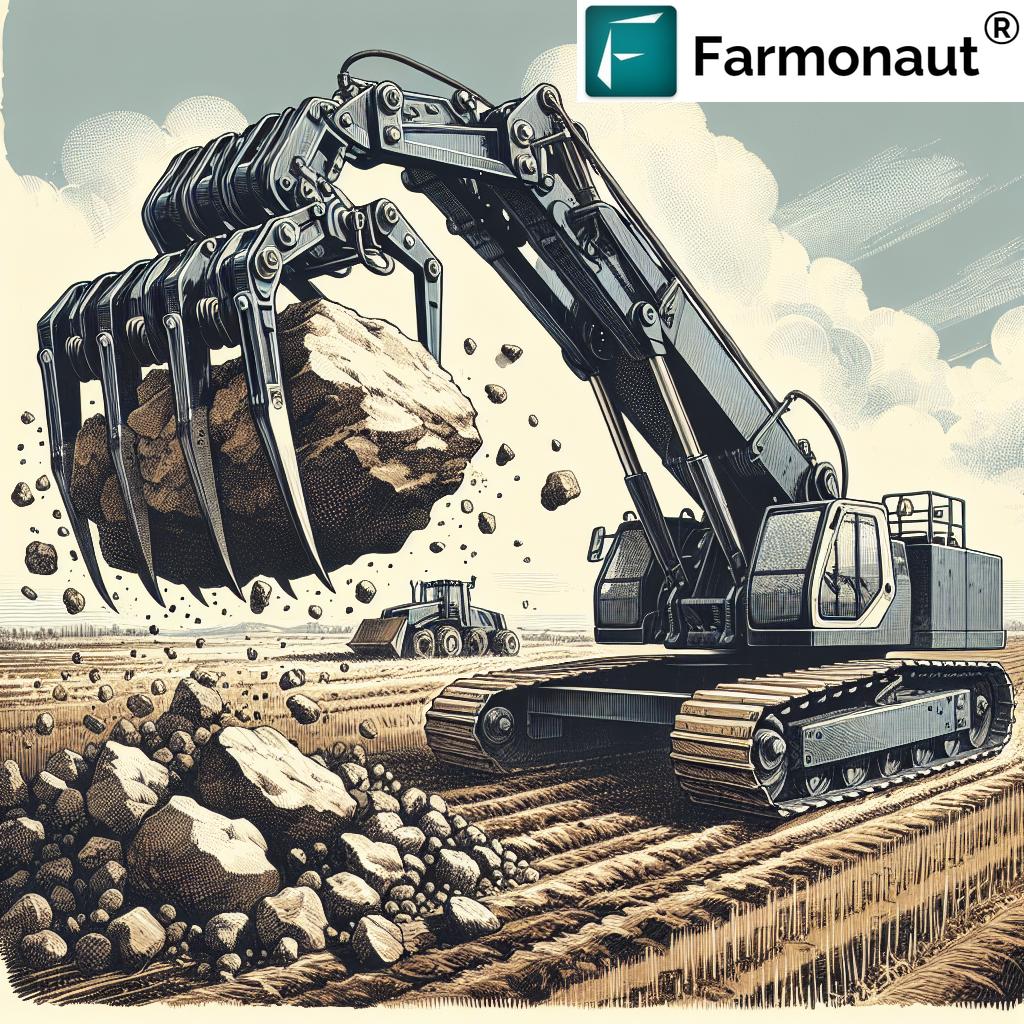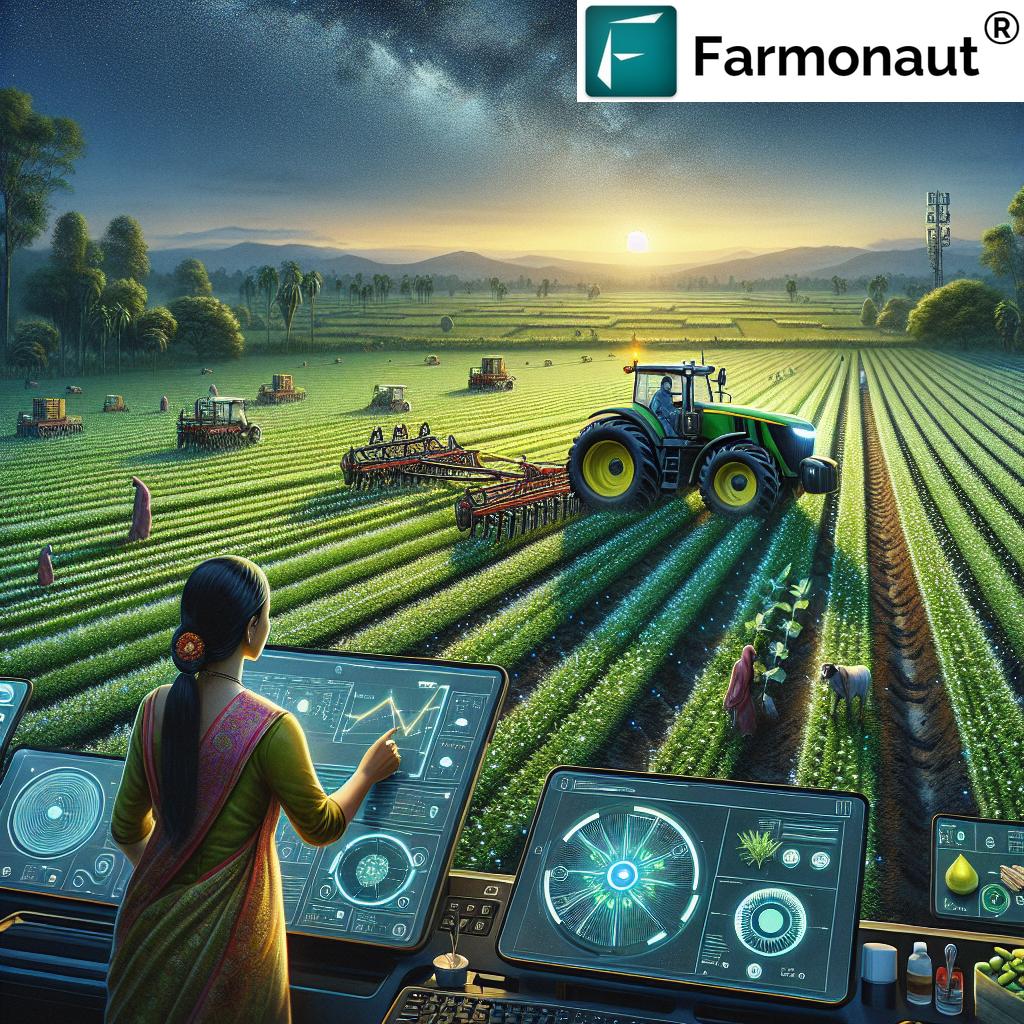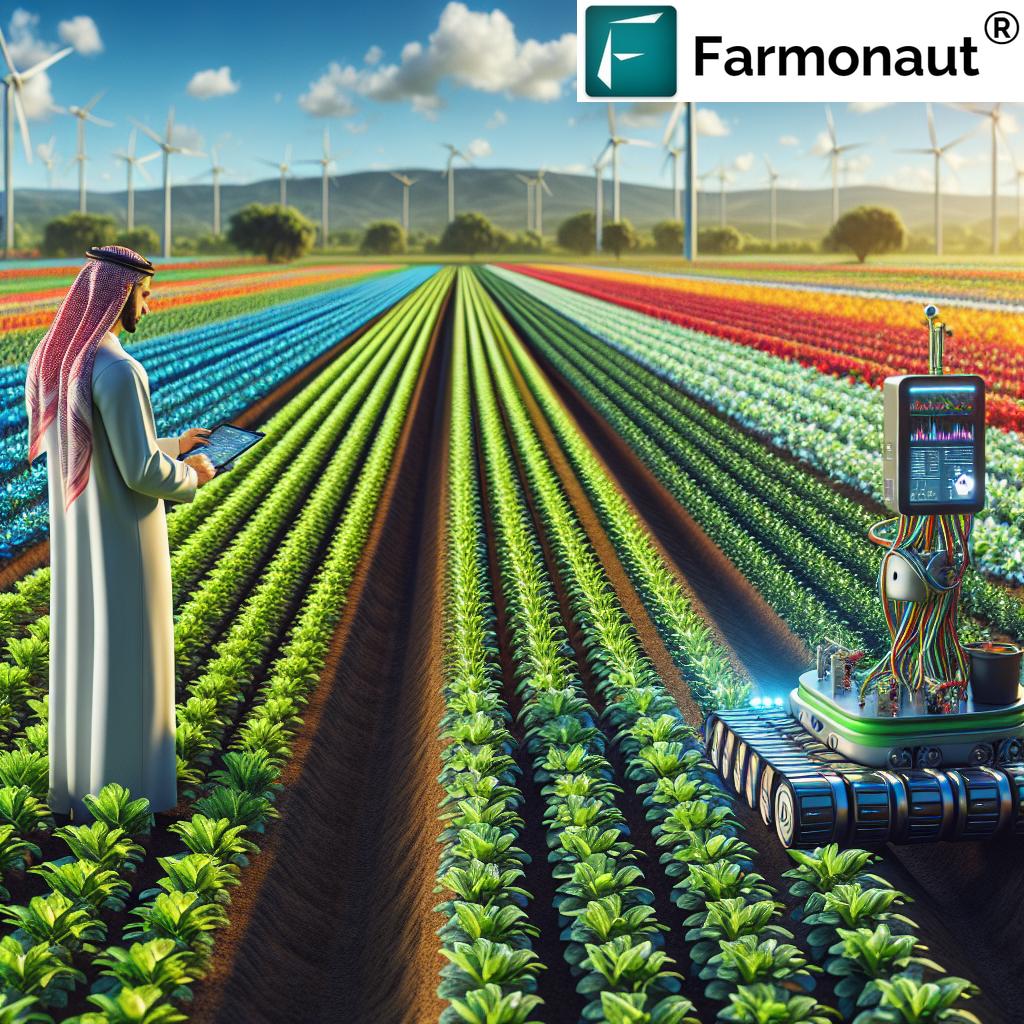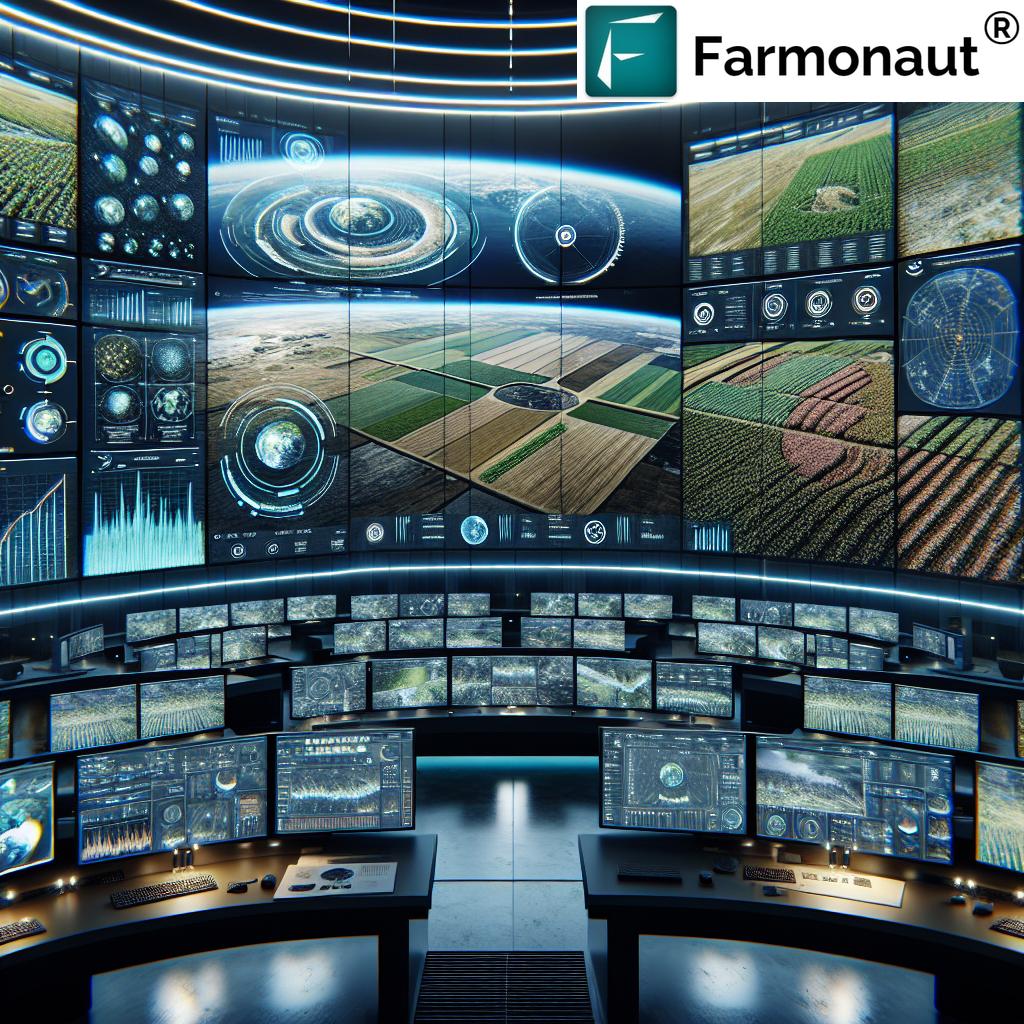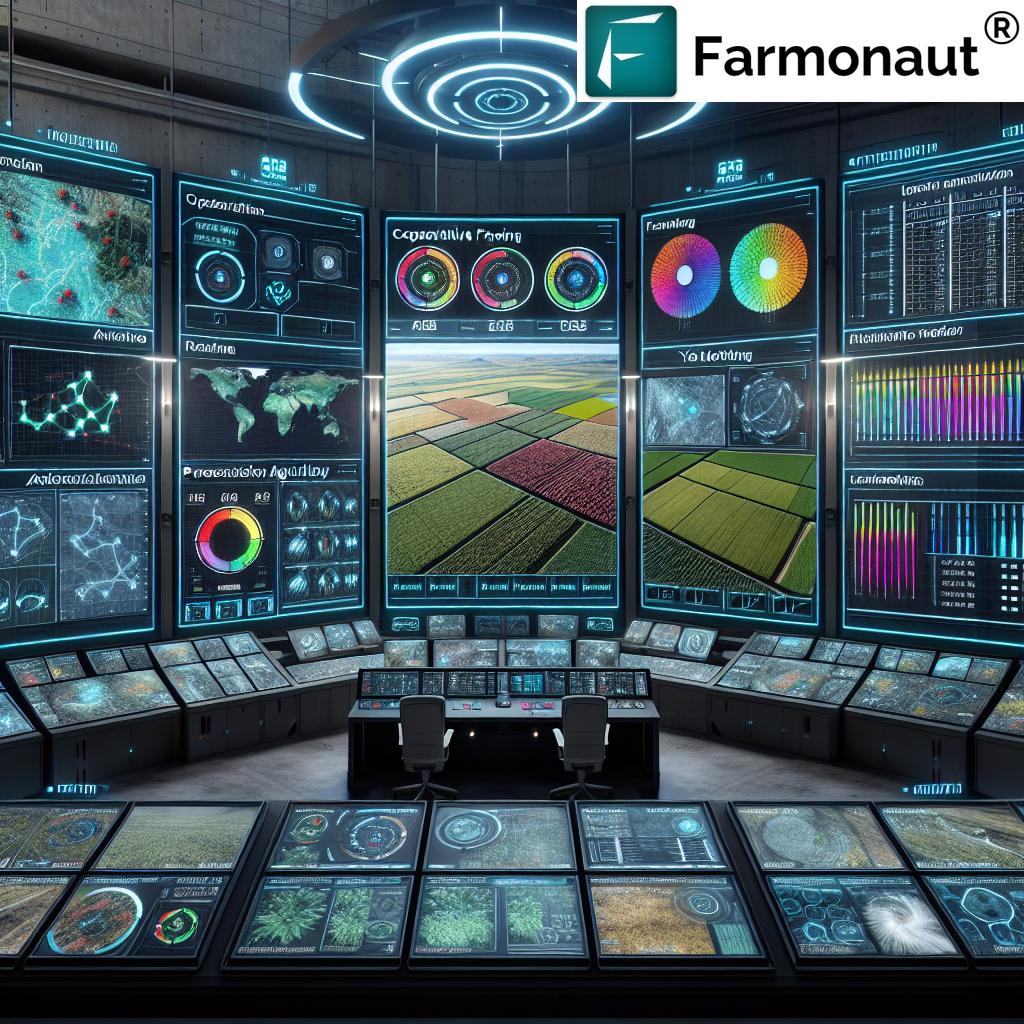Modern Agriculture: 7 Shocking Innovations for Huge Yields
The Evolution of Modern Agriculture: A New Era of Innovation
Modern agriculture is experiencing a transformative evolution—one that is rapidly reshaping how we farm, manage, and protect our environment. No longer reliant solely on traditional approaches, agriculture now thrives at the intersection of technology & innovation, integrating data-driven insights, advanced crop management, and sustainable farming methods to generate huge yields—even in the face of environmental challenges.
We are now witnessing a dramatic shift as precision farming technologies, AI and IoT in agriculture, vertical farming solutions, and climate-smart agriculture strategies combine to increase productivity, resilience, and sustainability across fields worldwide. In this comprehensive article, let’s delve into seven of the most striking innovations powering modern agriculture today—and discover how leading edge platforms like Farmonaut are making these breakthroughs accessible for all.
“Precision farming can increase crop yields by up to 30% using data-driven decisions and advanced sensors.”
Shocking Innovations Defining Modern Agriculture
Let’s explore seven game-changing innovations that are empowering farmers worldwide, improving crop yields, and actively promoting environmental sustainability:
- Precision Agriculture
- Vertical Farming Solutions
- Regenerative Agriculture Practices
- Climate-Smart Agriculture
- AI in Agriculture
- IoT in Farming
- Smart Agriculture Systems & Advanced Crop Management
By adopting these advanced technologies, we can monitor, manage, and respond to field variability with unprecedented accuracy—ushering in an era of resource optimization, increased yields, and improved resilience.
1. Precision Agriculture: Revolutionizing the Field
At the heart of modern agriculture lies precision farming technologies. By collecting and analyzing vast amounts of data from our fields—using GPS, GNSS, sensors, drones, and satellites—we can optimize every aspect of farm management, from planting to harvesting, with pinpoint accuracy.
- GPS & GNSS in Agriculture: Global Positioning System (GPS) and Global Navigation Satellite System (GNSS) technologies provide farmers with high-accuracy, real-time positional data. This enables us to map our fields, monitor field variability, and coordinate processes such as variable rate application (VRT) of seed, fertilizer, and water, ensuring no input is wasted.
- Data-Driven Field Management: With sensors and satellite imagery, we can collect data about soil moisture, nutrient content, crop health, and more. This empowers us to make informed decisions about plant nutrition, irrigation scheduling, and pest management.
- Remote Sensing & UAVs: Unmanned aerial vehicles (UAVs) equipped with multispectral cameras provide real-time, high-resolution imagery. We can detect pest infestations early, locate nutrient deficiencies, and assess crop stress across our entire operation.
- Variable Rate Technology (VRT): Each area of our fields receives exactly the amount of inputs it needs, reducing waste, cutting costs, and enhancing yields by respecting natural field variability.
Platforms like Farmonaut are democratizing access to satellite-based precision agriculture by providing real-time crop health monitoring, developer APIs, and field-level insights through both mobile apps and web platforms. We can now collect, monitor, and act on data from anywhere in the world!
By integrating these state-of-the-art systems, we maximize crop yields, improve resource use efficiency, and reduce our environmental footprint—a fundamental goal of sustainable farming in the 21st century.
2. Vertical Farming Solutions: Cultivating Upwards, Not Outwards
With urbanization placing pressure on arable land, vertical farming solutions have emerged as a solution for growing healthy crops in densely populated cities. Instead of spreading fields horizontally, we grow crops in vertically stacked layers, often indoors, using controlled environment agriculture (CEA).
- Hydroponics & Aeroponics: Plants can thrive without soil, receiving precisely formulated nutrients via hydroponic (water-based) or aeroponic (air-misted) systems. This technique drastically reduces water usage compared to traditional methods.
- Year-round Production: By controlling light, temperature, and humidity with sensors and automation, vertical farms enable us to produce crops regardless of season or weather conditions.
- Urban Food Security: Bringing fresh produce directly to city populations reduces transport emissions, keeps crops fresher for longer, and supports food security in areas short on farmland.
- Smart Greenhouses: Today’s smart greenhouses use climate sensors and AI-driven environmental controls to optimize energy usage, regulate CO2, and maximize crop output while reducing energy costs.
Vertical farming isn’t just futuristic—it’s practical, sustainable, and fast becoming essential for meeting our planet’s growing food needs. Modern agriculture platforms supporting advanced crop management integrate vertical farming data and automation, helping farmers take full advantage of these innovative systems.
For those interested in integrating vertical or large-scale plantation advice with satellite monitoring, Farmonaut’s Crop/Plantation & Forest Advisory offers valuable, actionable insights directly via web and mobile apps.
3. Regenerative Agriculture Practices: Restoring Soil, Building Resilience
Unlike conventional approaches that may deplete resources, regenerative agriculture practices focus on restoring and enhancing soil health, biodiversity, and ecosystem function.
- Cover Cropping: Growing non-cash crops between main crops prevents soil erosion, adds organic matter, and naturally enriches the soil with nutrients.
- No-Till & Reduced-Till Farming: Minimizing soil disturbance preserves soil structure, helps retain moisture, and fosters the growth of beneficial soil microbes.
- Crop Rotation & Polyculture: Alternating plant species and diversifying fields reduces pest and disease cycles while improving nutrient cycling.
- On-farm Integration: Animals, compost, and agroforestry are incorporated to cycle resources, sequester carbon, and boost farm resilience.
These methods build healthier soil, make our systems more robust against droughts or intense rainfall, and mitigate environmental degradation. Integrating such practices leads to higher long-term yields while promoting sustainability and ecological balance.
Interested in quantifying your sustainability impact? Check out Farmonaut’s carbon footprinting solution, which allows agribusinesses and farmers to monitor and reduce their emissions with real-time environmental data.
4. Climate-Smart Agriculture: CSA for Resilience and Sustainability
With the threat of climate change growing, climate-smart agriculture (CSA) has become a strategic imperative for farmers everywhere. CSA focuses on:
- Boosting productivity to achieve food security and increase incomes
- Adapting and building resilience to climate change impacts
- Reducing greenhouse gas emissions where possible
Key techniques include:
- Agroforestry: Planting trees and shrubs alongside crops builds resilience, improves microclimates, and supports soil conservation.
- Drought-Resistant Crops: Developing and selecting crop varieties resistant to heat and drought helps us maintain yields under harsh conditions.
- Efficient Water Management: Innovative irrigation systems—such as drip and sprinkler technologies—conserve water and reduce vulnerability during dry spells.
- Early Warning Systems: Using weather data, predictive models, and AI in agriculture to forecast threats—like frost, pest outbreaks, or storms—enables rapid, targeted responses.
Farmonaut offers AI-powered weather advisory as well as real-time risk alerts via its Jeevn AI Advisory System, supporting farmers to adapt faster and improve resilience and sustainability.
“AI-powered agriculture solutions have reduced water usage by nearly 20% in modern farms worldwide.”
5. AI in Agriculture: Artificial Intelligence for Smarter Farming Decisions
Our fields are now part of the digital revolution, thanks to AI in agriculture. By leveraging the power of machine learning, remote sensing, and predictive analytics, we can optimize management, productivity, and sustainability like never before.
- Data Analysis for Yield Boost: AI algorithms analyze vast arrays of data—soil sensors, weather trends, historical yields, remote imagery—to recommend optimal planting times, crop varieties, and fertilizer schedules.
- Pest and Disease Detection: Satellite and drone imagery—processed by AI-powered systems—spot early signs of pest infestations or disease outbreaks, guiding targeted interventions.
- Resource Optimization: AI-driven recommendations enhance irrigation efficiency, reduce waste, and prevent yield loss through timely management actions.
- Supply Chain Traceability: Using AI with blockchain, farmers and agri-businesses can ensure transparency in product traceability, strengthening consumer trust and meeting regulatory requirements. Learn more about agricultural traceability with Farmonaut’s blockchain-based solutions.
By integrating AI in agriculture through platforms like Farmonaut, we empower ourselves not just to react, but to anticipate challenges—and continually increase our productivity, resource efficiency, and environmental stewardship.
6. IoT in Farming: Connecting the Field through the Internet of Things
The Internet of Things (IoT) in farming represents a revolution in how we monitor and manage agriculture. Connected devices—deployed across our farm—send real-time data on:
- Soil moisture and nutrient levels
- Crop health and growth conditions
- Microclimate variations
- Machinery location and performance
With IoT sensors, mobile weather stations, and automated irrigation controllers, we can:
- Save water, fertilizer, and energy through data-driven interventions
- Increase yields by preventing stress conditions before they impact crops
- Reduce labor costs with automation and remote monitoring
- Integrate seamlessly with smart agriculture systems for field-wide optimization
As global adoption of IoT in agriculture accelerates, the efficiencies will only increase. Platforms like Farmonaut provide critical APIs and data services for developers and businesses seeking to integrate satellite and IoT data—visit our API portal for more information.
Large-scale farm or fleet to manage? Maximize your efficiency with advanced fleet & resource tracking and farm management systems.
7. Smart Agriculture Systems for Advanced Crop Management
The future of advanced crop management is here with smart agriculture systems that unify AI, IoT, and remote sensing. These platforms allow us to:
- Monitor every hectare in real time for soil moisture, crop health, and weather patterns
- Automate irrigation, fertilization, and pest control to achieve optimal crop growth
- Access predictive analytics for planting schedules and yield forecasts
- Comply with environmental regulations and carbon tracking requirements
- Leverage blockchain for transparent supply chain traceability
With mobile, web, and API accessibility, smart agriculture systems break down barriers to advanced farming—empowering everyone from individual farmers to agribusinesses and governments. The result? Improved yields, sustainability, and resilience for us all.
Farmonaut stands at the forefront, offering a scalable platform for precision agriculture, sustainability, and AI-powered farm management—see our main website for more details.
Comparison Table of Modern Agricultural Innovations and Their Impact
| Innovation Name | Brief Description | Estimated Yield Increase (%) | Sustainability Benefit | Example Application |
|---|---|---|---|---|
| Precision Agriculture | Uses GPS, sensors, drones, and data analytics to optimize planting, irrigation, and fertilization by area-specific conditions | 15–30% | Reduces inputs, minimizes waste, improves soil and water usage | Variable rate technology for fertilizer application |
| Vertical Farming Solutions | Stacks crops in layers indoors, using hydroponics/aeroponics and climate control | Up to 25% | Uses less land and water, reduces transport emissions | Urban smart greenhouses with automated lighting |
| Regenerative Agriculture Practices | Restores soil health via cover crops, rotation, no-till, and biodiversity | 10–20% (long-term) | Increases carbon sequestration, improves resilience & ecosystem services | Cover cropping between main harvests |
| Climate-Smart Agriculture | Adapts farming to climate change, improves resilience, and reduces emissions | 15–22% | Mitigates climate impact through smart water, crop, and risk management | Drought-resistant crop development, water sensors |
| AI in Agriculture | Applies artificial intelligence to data analytics, forecasting, and automated decisions | 10–30% | Lowers resource waste, enables targeted interventions | AI-driven pest detection, crop advice |
| IoT in Farming | Connects sensors and machines to monitor field and resource conditions in real-time | 15–20% | Boosts efficiency, reduces water & nutrient losses | Automated drip irrigation based on soil sensors |
| Smart Agriculture Systems | Integrates AI, IoT, and cloud platforms for unified farm management | 20–30% | Accelerates sustainability, compliance, and transparency | Integrated crop health monitoring & automated alerts |
Maximize traceability and transparency in your agri-business supply chain—explore Farmonaut’s product traceability solutions powered by blockchain!
For farm loan or insurance verification with satellite data, reduce the risks of fraud and expedite financial processes with Farmonaut’s Crop Loan and Insurance tools.
Farmonaut Subscription Options
Farmonaut: Making Precision Agriculture Affordable and Accessible Worldwide
At Farmonaut, we believe every farmer—no matter the location or size of their operation—should have access to transformative, data-driven agriculture. Our mission is to make precision agriculture affordable and scalable, empowering the world’s agricultural community through the seamless integration of:
- Satellite-based crop health monitoring: Unlock data on vegetation indices (NDVI), soil moisture, and stress hotspots—no costly hardware required!
- AI and machine learning: Receive personalized, real-time farm advisory through our Jeevn AI—improve decision-making, productivity, and efficiency instantly.
- Blockchain-backed traceability: Ensure transparency and security throughout the food chain, building trust from farm to table.
- Resource & fleet management: Track movement, utilization, and efficiency of all your agricultural machinery in one place.
- Environmental impact & carbon footprinting: Meet regulatory requirements, reduce emissions, and promote sustainable practices.
Our platform’s accessibility means that individual farmers, cooperatives, agribusinesses, governments, and NGOs can all make better choices for crops, water, and environmental health using Farmonaut’s intuitive apps and APIs.
- Web App: Farmonaut Dashboard
- Developer API: API Documentation & Developer Docs
- Android App: Get it on Google Play
- iOS App: Available on App Store
We are changing the future of farming by reducing costs, boosting productivity, and embedding sustainability at the core of agricultural decision-making.
Challenges and Considerations in Modern Agriculture
While modern agriculture innovations offer an unprecedented range of benefits, we must also acknowledge and address the challenges on this journey:
- Soil Compaction: Heavy machinery can compact soil, reducing air and water infiltration, hindering root growth, and ultimately lowering yields. We must integrate management practices—such as reduced tillage and controlled traffic patterns—to counter soil compaction.
- Investment and Technical Barriers: Advanced technologies typically require upfront investment and specialized knowledge. Small-scale farmers may need support, education, and affordable options to gain access.
- Infrastructure and Connectivity: In some rural or remote regions, limited internet and infrastructure may restrict real-time data collection and utilization of smart systems.
- Digital Equity: Ensuring that all farmers—regardless of location or size—can access technology is crucial for global food security and equitable agricultural progress.
Farmonaut was built with these realities in mind. By leveraging cost-effective satellite technology, intuitive platforms, and scalable services, we are helping to break down barriers for a more inclusive agricultural future.
Conclusion: The Future of Agriculture is Now
The fusion of precision farming technologies, vertical farming solutions, advanced AI and IoT systems, and regenerative agricultural practices has fundamentally reshaped how we think about, manage, and optimize farming worldwide. Today, modern agriculture is defined by rapid adaptability, intelligent resource use, and sustainable systems that deliver both higher yields and a healthier planet.
Platforms like Farmonaut are at the leading edge, making transformative innovations affordable and available to all—regardless of geography or farm size. By embracing this agricultural revolution, we are investing in a resilient, efficient, and equitable food future for generations to come.
Ready to join the new era of farming? Explore Farmonaut’s platform via apps and APIs to put these innovations to work for you!
FAQ: Modern Agriculture Innovations





